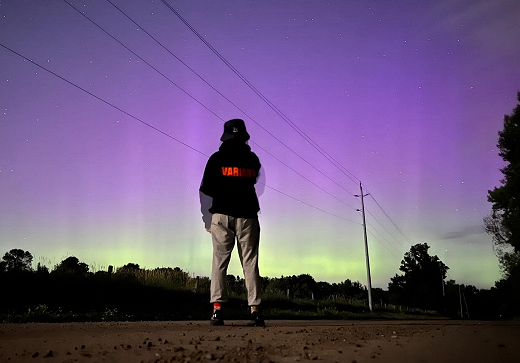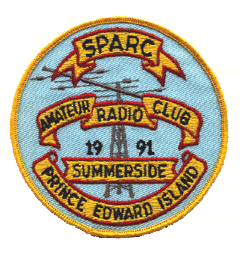SFI = 121
A index = 20
K index = 5
SSN = 88
A CRACK IN EARTH’S MAGNETIC FIELD: Yesterday, July 7th, a crack opened in Earth’s magnetic field–and it stayed open for nearly 14 hours. Solar wind poured through the gap to fuel a minor albeit long-lastingG1-class geomagnetic storm. Robert Snache photographed the glow from Ramara Township in Ontario, Canada:

The crack was opened by a co-rotating interaction region (CIR), which hit Earth’s magnetic field during the early hours of July 7th. CIRs are transition zones between fast- and slow-moving streams of solar wind. They contain shock waves that often cause geomagnetic storms. NOAA analysts think a CME might have been embedded in the solar wind just ahead of the CIR, thus delivering a double blow.
NOAA STI
:Product: Geophysical Alert Message wwv.txt
:Issued: 2022 Jul 08 0910 UTC
# Prepared by the US Dept. of Commerce, NOAA, Space Weather Prediction Center
#
# Geophysical Alert Message
#
Solar-terrestrial indices for 07 July follow.
Solar flux 121 and estimated planetary A-index 20.
The estimated planetary K-index at 0900 UTC on 08 July was 3.
Space weather for the past 24 hours has been minor.
Geomagnetic storms reaching the G1 level occurred.
Space weather for the next 24 hours is predicted to be minor.
Geomagnetic storms reaching the G1 level are expected.
NOAA Alerts
Space Weather Message Code: WARK05
Serial Number: 1679
Issue Time: 2022 Jul 08 0554 UTC
EXTENDED WARNING: Geomagnetic K-index of 5 expected
Extension to Serial Number: 1678
Valid From: 2022 Jul 07 1155 UTC
Now Valid Until: 2022 Jul 08 1200 UTC
Warning Condition: Persistence
NOAA Space Weather Scale descriptions can be found at
www.swpc.noaa.gov/noaa-scales-explanation
Potential Impacts: Area of impact primarily poleward of 60 degrees Geomagnetic Latitude.
Induced Currents – Weak power grid fluctuations can occur.
Spacecraft – Minor impact on satellite operations possible.
Aurora – Aurora may be visible at high latitudes, i.e., northern tier of the U.S. such as northern Michigan and Maine.
